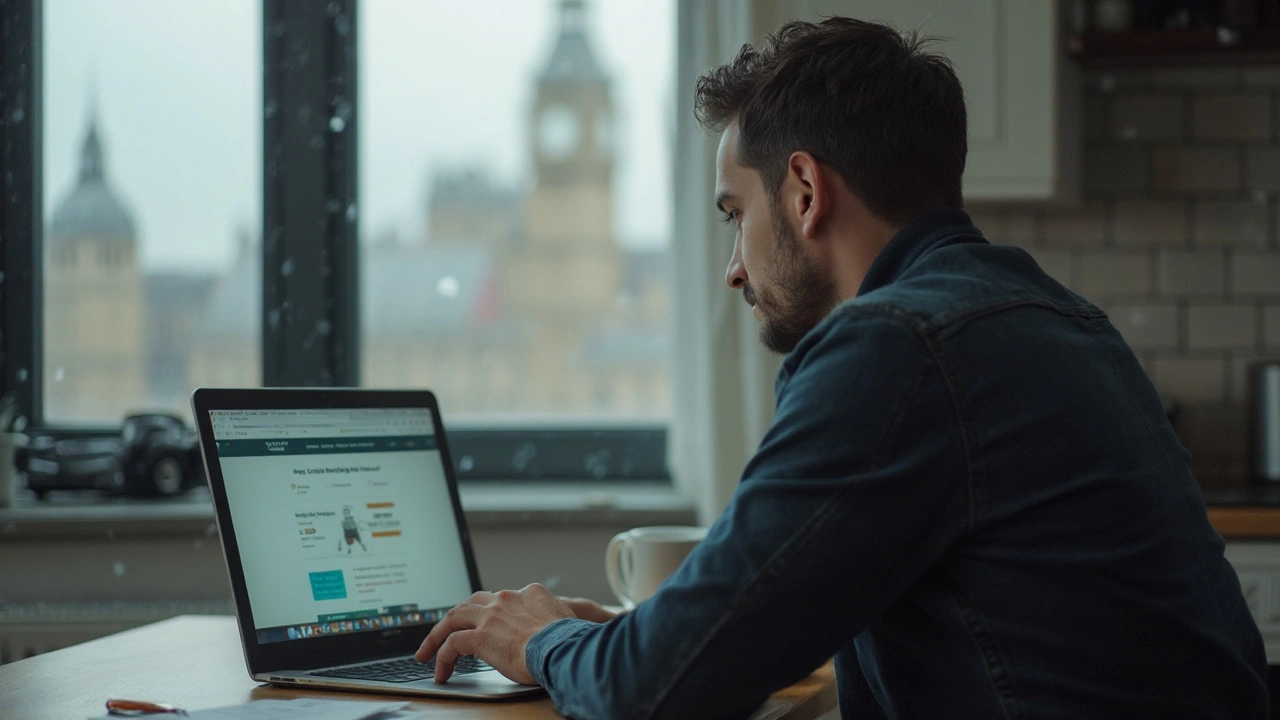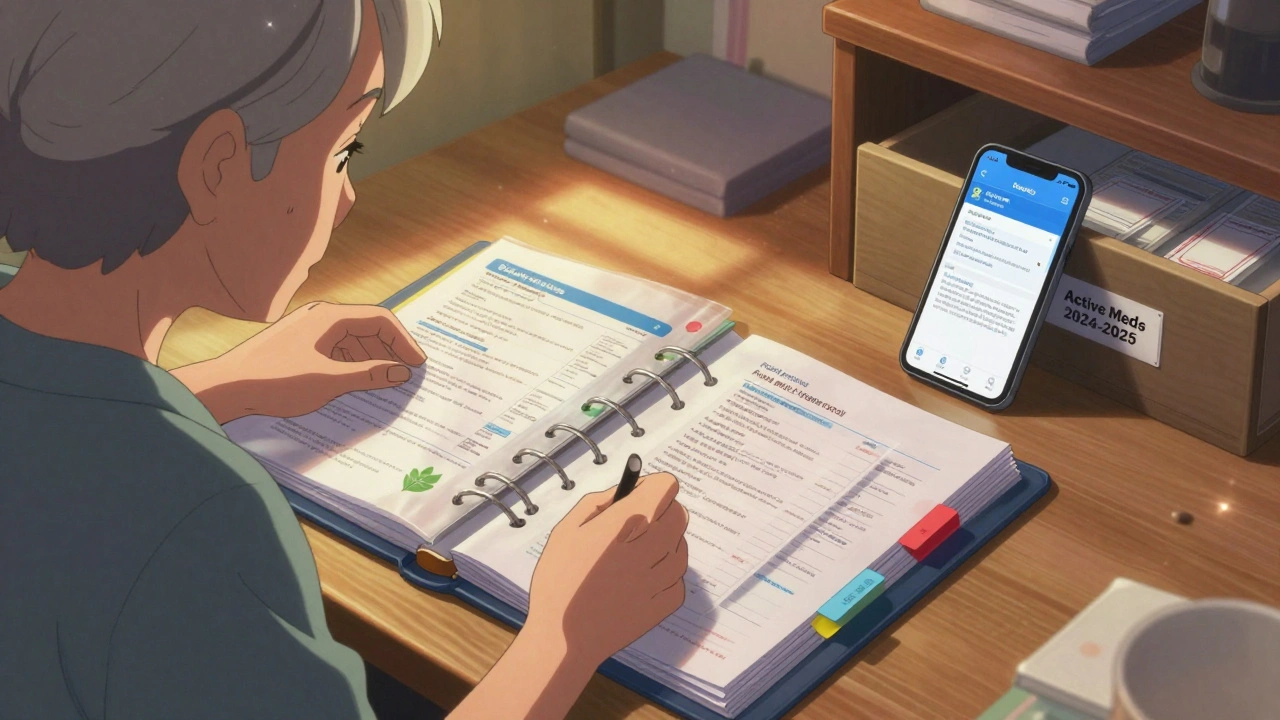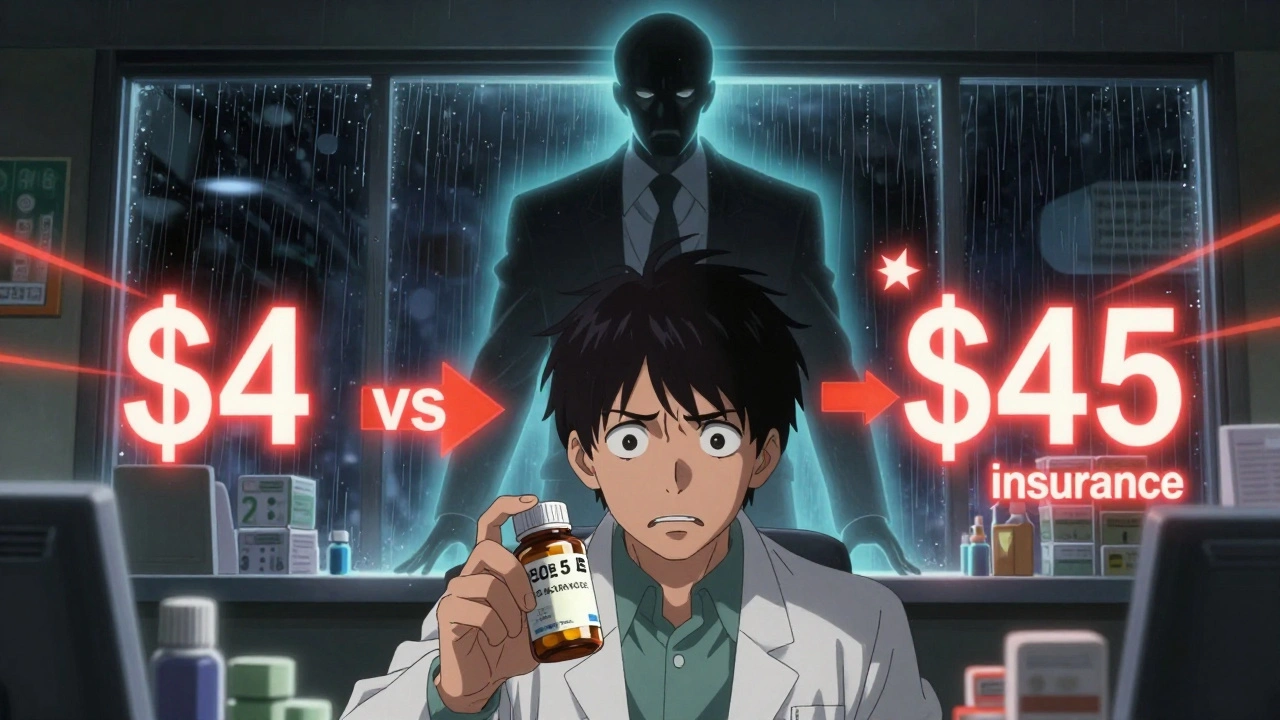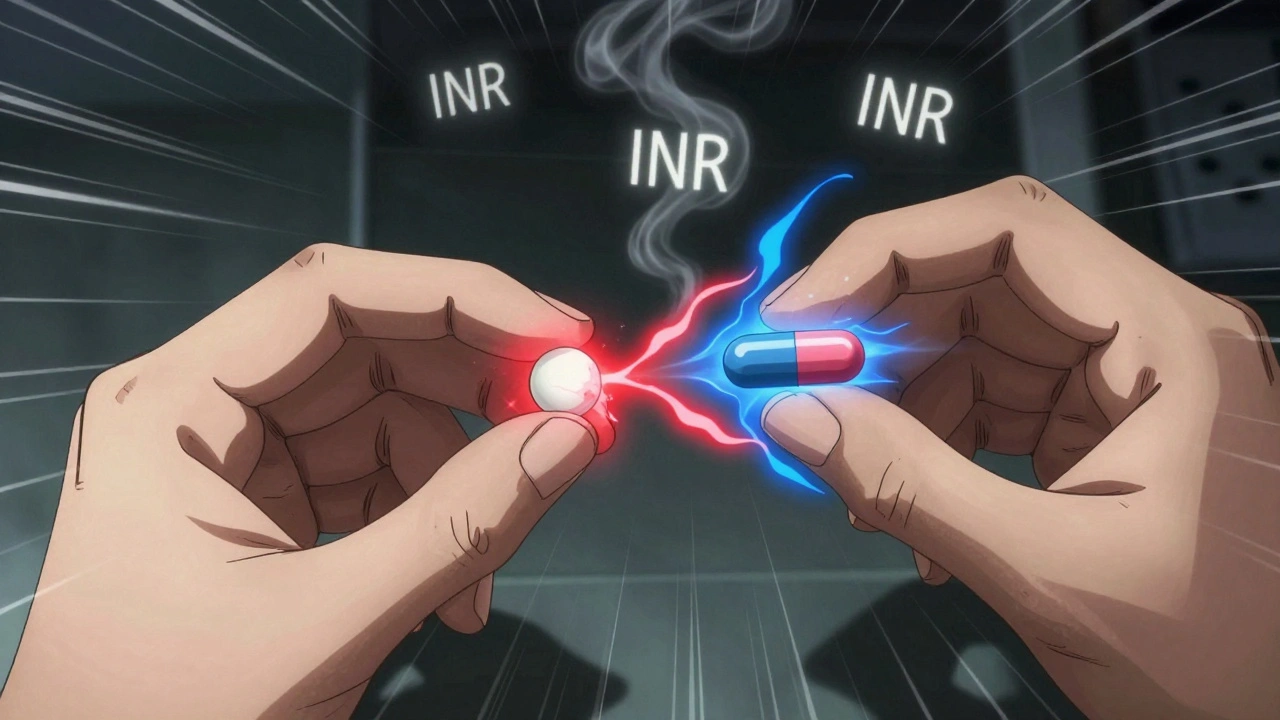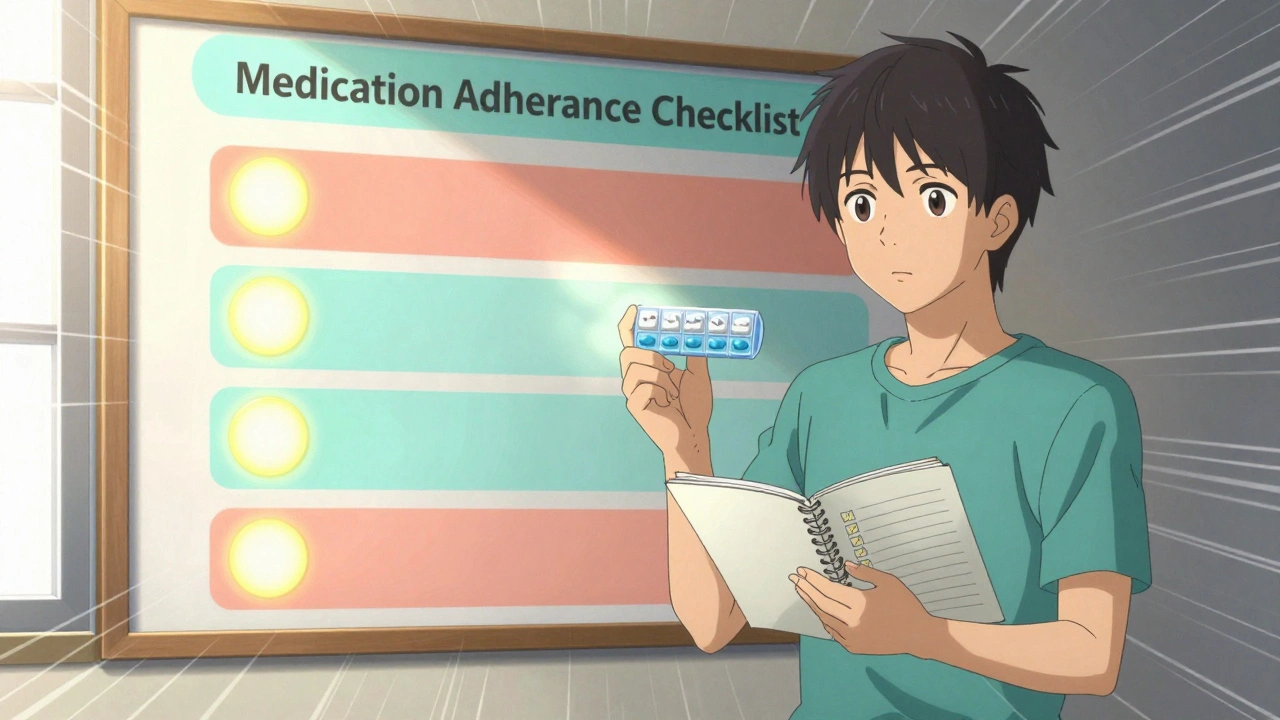Pharmacy Legitimacy: How to Spot a Legit Online Pharmacy
Buying meds online can save time and money, but a fake pharmacy can cost your health. A quick reality check will keep you safe. Use the steps below before entering personal or payment details.
How to check an online pharmacy
Look for a real prescription policy. If a site sells prescription-only drugs without asking for a prescription, that’s a major red flag. Legit pharmacies always require a valid prescription from a licensed doctor.
Check for clear contact info. A trustworthy online pharmacy lists a physical address and a working phone number. Try calling — if you can’t reach anyone or get vague answers, walk away.
Verify certification and seals. Search for accreditation like NABP/VIPPS (US), CIPA (Canada), or your country’s regulator. Click the seal and make sure it links to the issuing body; fake sites often paste an image without a real link.
Read the small print on shipping and returns. Legit stores provide clear shipping timelines, tracking, and a straightforward returns policy. Hidden fees or confusing return rules often signal trouble.
Check prices and product photos. Extremely low prices on brand-name drugs are suspicious. Look at product packaging images — generic stock photos that don’t match the brand or look inconsistent across listings are warning signs.
Confirm secure payments and privacy. A legit site uses HTTPS and accepts standard payment methods. Avoid sites that push wire transfers, cryptocurrency only, or ask for unusual personal details beyond what’s needed for a medical purchase.
Red flags and what to do if something looks wrong
Watch for poor site quality. Many fake pharmacies have bad grammar, lots of pop-ups, and broken links. Typos alone aren’t proof of a scam, but combined with other issues they matter.
Beware of aggressive discounts and pressure tactics. If a site urges you to buy now with countdown timers or limited stock claims, pause and verify. Scammers use urgency to bypass your checks.
If you suspect a scam, stop the order and contact your bank or payment provider immediately. Report the site to your national regulator and to consumer protection groups like the NABP or CIPA so others aren’t harmed.
Use trusted alternatives when in doubt. Ask your regular pharmacy to order a product, use recognized chains, or call your doctor for approved online options. A short phone call can save you from fake meds that look legitimate online.
Final tip: run a quick search of the pharmacy name plus words like “scam” or “reviews.” Real customers often post warnings fast. That simple search will catch many fake sites before you risk your health or money.
2025 MapleLeafMeds.com Review: Is This Canadian Pharmacy Actually Legit and Cheap?
Curious if MapleLeafMeds.com is legit and really offers affordable medication in 2025? This hands-on review covers credentials, pricing details, shipping policies, real user experiences, and tips for getting safe meds from Canadian pharmacies. Real facts, no sugar-coating, the kind of info you wish you’d known before placing an order.

